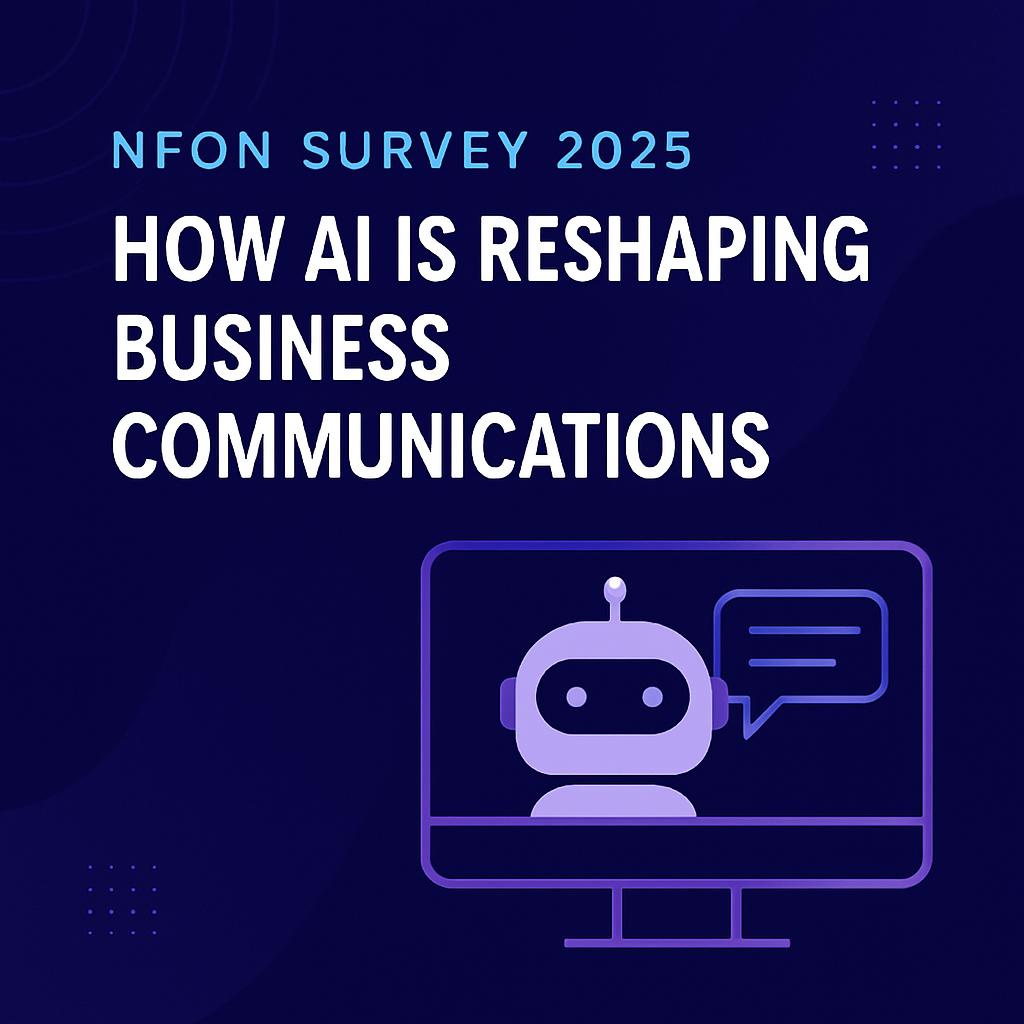March 2020 saw the way we do business and communicate with one another completely change. Our homes became our office spaces. Staff could no longer talk with one another over an office desk or by the water cooler. The roads emptied as our commutes to work were no longer a daily activity.
Organisations experienced what some have called ‘panic response mode’ and, to ensure business continuity, have needed to implement smarter, more flexible ways of working in a short space of time. The adoption of online collaboration tools accelerated and, on an epic scale, technology has been the means by which public services could continue.
‘Digital transformation’ has been central to government and the public sector’s goals. Every organisation has written a digital strategy, with most providing 5-10 years of ‘digital implementation time’ to achieve transformational change.
The pandemic, however, has seen transformation occur in a matter of months, which has demonstrated just how far adversity can also bring great opportunity. Digital tools in the form of apps and platforms have truly come into their own as the main facilitator of communication, engagement, and productivity.
Fast forward to today - 18 months later - and we have all learned to adapt to this remote working new normal. Staff have quickly altered the way they work and have been using technologies they may have previously been unfamiliar with.
Take one sector for example, the NHS. The healthcare sector first published its Digital First Primary Care Strategy in 2019, laying out its plans to use technology to transform how patients and health professionals interact.
The sector has experienced a quick change in digital maturity journey. It has addressed its challenges by transforming its website, introducing healthcare apps and online consultations. These have all helped to provide ways for patients to use online tools to access primary care services, such as receiving advice, booking and cancelling appointments, having online consultations with healthcare professionals or receiving referrals and obtaining prescriptions.
According to a BBC report, GPs are now seeing just seven in every 100 patients face-to-face, following a “remarkable” shift to online and telephone appointments across England in response to the coronavirus crisis.
“The telephone is a familiar and dependable technology, which is adequate for many covid-19 related conversations.” – Digital Health News.
Despite all these significant and transformational changes, organisations must not lose sight of what the customer/citizen/patient prefers when it comes to communicating. Although, in recent times, we have all come to heavily rely on communicating digitally, the power of voice remains a core channel that many of us continue to favour to engage and interact with one another.
Telephony – The missing element of digital transformation?
The power of telephony, however, can easily be over-looked or under-estimated, but with the majority of the population using mobile phones, the telephone remains ubiquitous. It is the root mode of communication, across every sector and organisation. Leaving telephony behind in the move towards digital transformation would be a huge oversight.
Whilst, across the public sector, there is a place for online conferencing, video chats and communicating via channels such as social media, websites and apps, these channels have their limitations are not always right for everyone. Not every household enjoys high levels of bandwidth and fibre. Connectivity can be a huge issue when using digital tools, but smartphones are still the tool we reach for when we want to immediately communicate with public services and receive information. Therefore, the power of telephony needs to be front and centre of any digital transformation strategy.
Gartner has forecasted that the number of devices (PCs, laptops, tablets and mobile phones) will reach 6.2 billion units in 2021, however mobile phones remain the most popular device to use. This all comes with the rise of remote and hybrid working, demonstrating that the smartphone will remain a key tool for effective communication post-pandemic.
Whilst digital platforms and apps have their place, there will always be an unprecedented demand for voice calls. Staff and customers alike still want to talk and interact with ‘real’ human voices and real people. This is where cloud-based telephony must take centre stage. After all, there is no updated website or app that can replace the need for human interaction via the telephone and so the question is now, what should the next digital step be for government and public sector organisations?
Human connection and telephony
COVID-19 has also been a reminder of how important human connection is. It has thrown up a host of mental health and wellbeing challenges and has isolated every corner of society.
What’s more, the cloud telephony services market is set to significantly increase. Although it may not be on every organisation’s agenda yet, the ISDN switch off is looming (2025), which will see cloud-based telephony being a key requirement for every organisation.
NFON’s latest breed of telephone infrastructure meets the changes that government and public sector organisation face in the months and years ahead. NFON are invested in the power of voice when it comes to communicating, interacting and working smarter. They are helping business across the globe revolutionise their telephony and business communications, moving away from analogue, legacy systems to cloud-based systems that offer flexibility, mobility and scalability.
Cloudya, NFON’s advanced telephony system is ideal for government and public sector organisations as it integrates with every organisational device. NFON’s Cloudya, a first-class cloud-based telephony system, allows staff to work across desk phones and mobiles to PCs and laptops, anytime, anywhere, all through one simple interface and telephone number.
5 benefits of NFON’s best-in-class telephony system – Cloudya
1. Cloudya supports agile working - It has an ‘elastic’ quality so is able to bring flexibility, mobility and limitless scalability
2. Cloudya offers flexibility/mobility - Cloudya is optimal for any geographically distributed team - of any size. And, as a majority of staff are now working in this manner now and into the future, everyone benefits.
3. Cloud telephony brings significant cost savings - Unlike hardware-based systems that require large upfront investment, Cloudya can be set up with no upfront costs or ‘hidden fees’.
4. Cloudya provides security you can trust - Security is often a reason that organisations shy away from adopting new technologies, but Cloudya by NFON is built on fully geo-redundant architecture, which means that services can keep running even during a system failure.
5. Cloudya is easy to use - Introducing any digital tool needs to be user-friendly with a simple set up and clear web interface. Staff get all this and more, so instead of spending time getting to grips with complicated tech, organisations can get straight down to the business of doing business.
Changed working paradigms are here to stay. Blended working will become the norm for all of us and cloud telephony will be – for many – the most appropriate channel for citizens and must be embedded as part of our world’s ‘new normal’.
Future-proof your organisation today with Cloudya, and experience the new business freedom in communication, connectivity and engagement.









